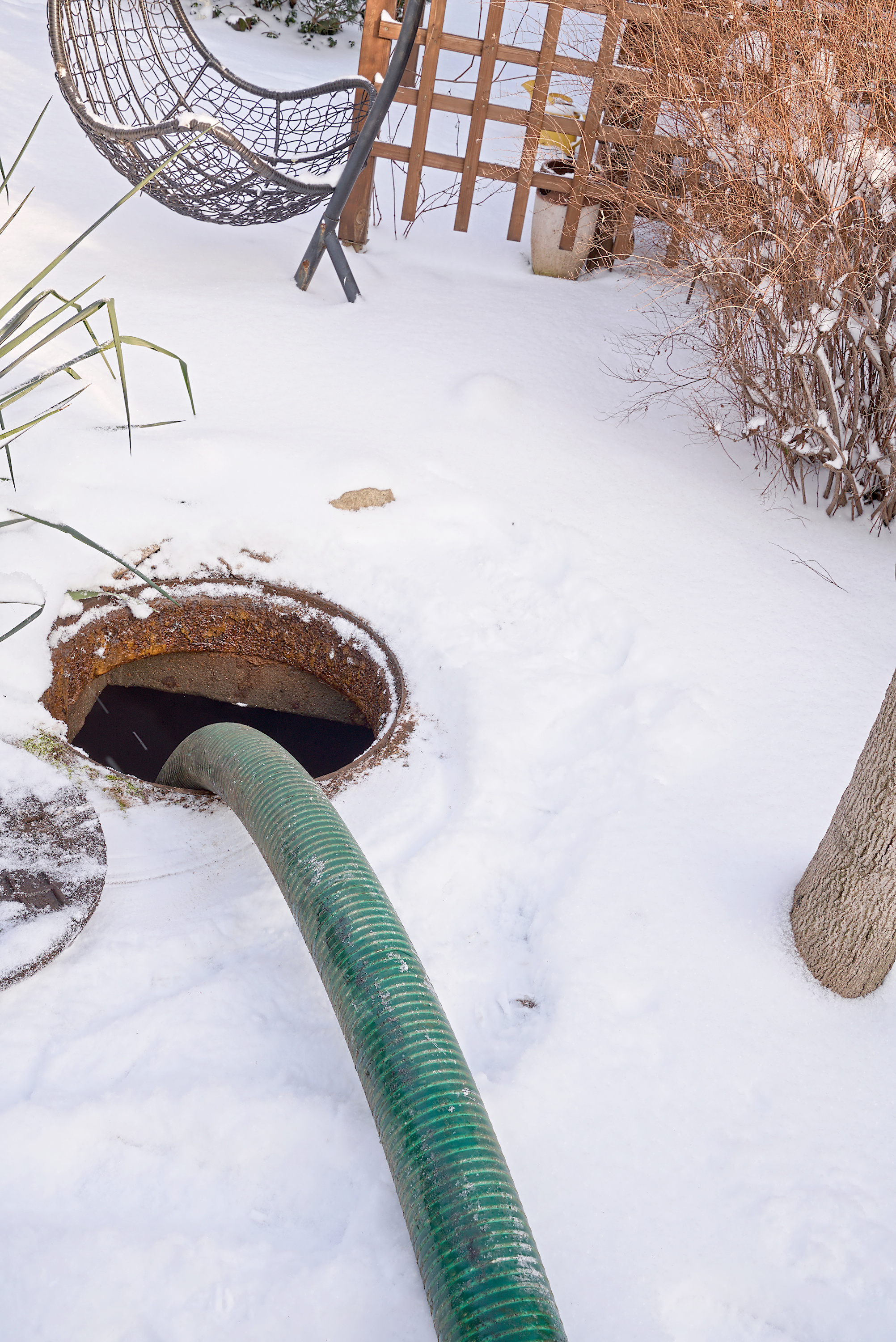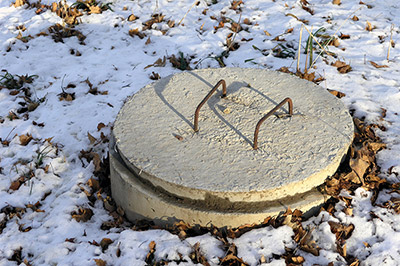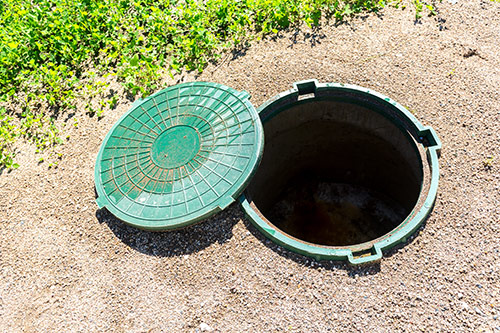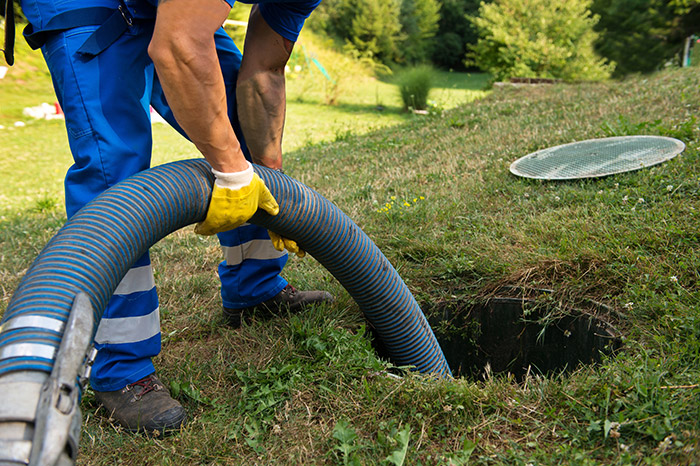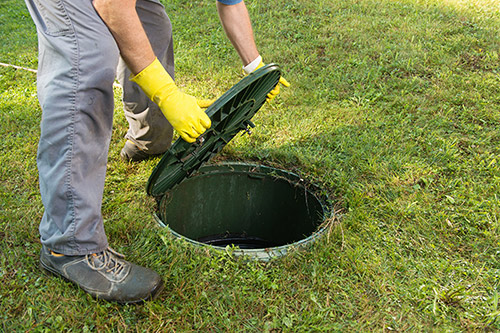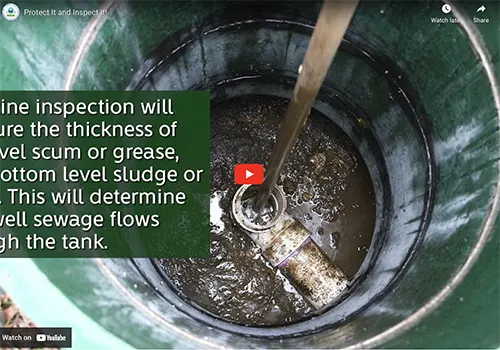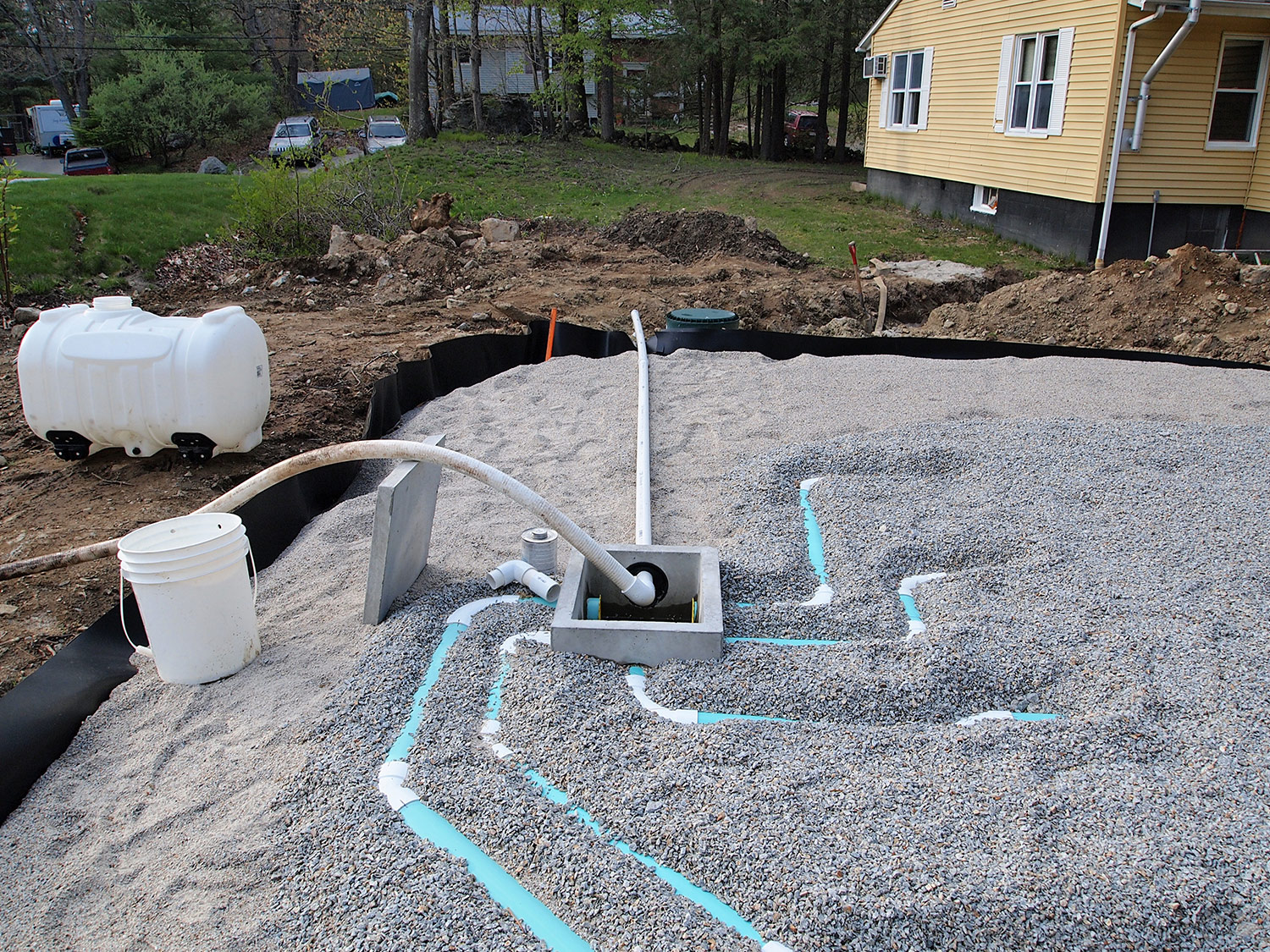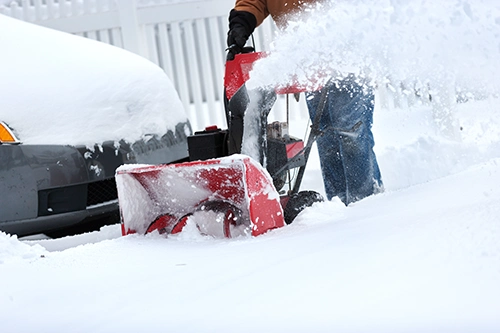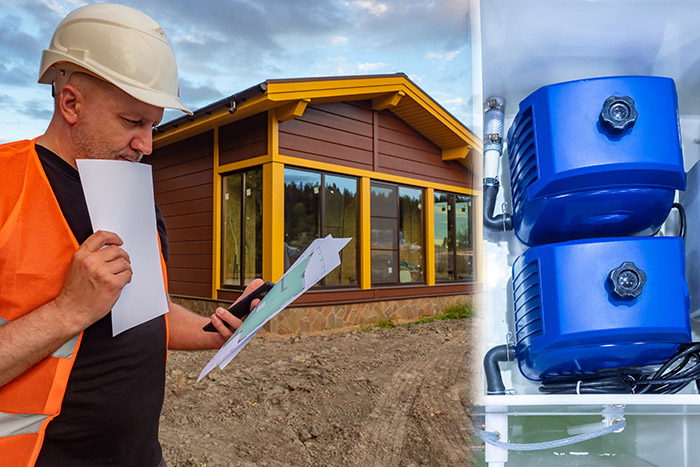
Your septic system performs a vital job, and regular septic inspections are the best way to make sure it keeps running properly. A septic inspection from a vetted professional will ensure your system is free of leaks, blockages, and other malfunctions that could cause a smelly situation. During an inspection, a pro will also determine the fullness level of your septic tank and suggest a pumping timeline based on your usage. Here’s what you need to know about septic inspections, including what they entail and how often you need one.
Common Checks Performed During a Septic Inspection
When you call your local septic tank company for an inspection, they’ll show up with a laundry list of checks to perform. For starters, they’ll need to locate your septic tank and drain field. The location may be obvious, particularly if the system was installed more recently, but in older homes, searching for the components of your system may take some more detective work.
Once they’ve gotten the lay of the land, the septic inspectors will make several assessments. The specifics will depend on whether it’s a visual or full septic inspection. If you’re buying or selling a house, a basic visual inspection is required. However, a comprehensive septic tank inspection, or Title 5 inspection, is a more in-depth, regular part of septic tank maintenance that should be carried out every two to five years.
Visual Septic Tank Inspections
During a visual septic tank inspection, the inspector will ask several questions about the system, including when it was last inspected, how old the house is, and how often the septic tank is pumped out. Your pro will also run water in all the available sites inside your home (sinks, showers, and toilets) in order to assess the water pressure. They’ll also go outside to check the drainage field for pooling, odors, sogginess, or excessive plant growth over the top of the field—all of which can indicate a failure in the system.
Comprehensive Title V Septic Tank Inspections
During a comprehensive septic tank inspection, all components of the system are evaluated, including the septic tank, leach field, drains, pipes, and pumps that move wastewater between them. The inspector will also come inside your home to perform water tests, just like with a visual inspection.
Here are some more items commonly listed on Title V inspection forms that your pro may talk about or check:
- Existence or condition of sink garbage disposal
- Recent water meter readings (sometimes going back two years)
- Sludge depth
- Scum thickness
- Date of most recent pumping
- Liquid level in distribution box
- Alarms
- Slope of land at installation site
The Leach Field
The septic inspector will look at your yard for common leach field problems like standing water, puddles, and other signs that could indicate it’s not working properly. The inspector may also introduce a special dye to your water system that will visually mark its journey through the system (and, ideally, evenly out into your leach field). However, this may not happen until they come into your home—more on that in just a moment.
The Septic Tank
The inspector will also remove the cover of your septic tank to check the water level inside since too much water could indicate a drainage problem. (Septic tanks should always have some water in them, but it should be 8 to 12 inches below the tank’s surface.)
The inspector may use a tool known as a “sludge judge,” which is essentially a hollowed-out tube, to determine how much sludge and scum are present in the tank. This can help them figure out how soon you’ll need to call a septic pro for pumping. If your tank does need to be pumped as part of the inspection, the inspector will use a flashlight to check the tank for leaks that could cause harmful wastewater to leach out into the surrounding environment.
Other Components
During a septic inspection, the pro will also look at the components of the system that connect the septic tank to the leach field—namely, the distribution box, which helps ensure wastewater is evenly distributed across the drain field. The pipes that connect the septic tank to the distribution box and those that connect the distribution box to the leach field are also subject to inspection.
Again, the inspector will step inside to try out your water sources and ensure there’s proper pressure and drainage. If they do choose to use a dye, they’ll introduce it to the system from inside your home, flushing it through a drain. The dye will be green. If, after a while, your yard looks like the Chicago River on St. Paddy’s Day, it means your system has failed inspection. A complete dye inspection takes between two and four hours on average.
For more information about septic system inspections contact Morse Engineering and Construction.
angi.com


